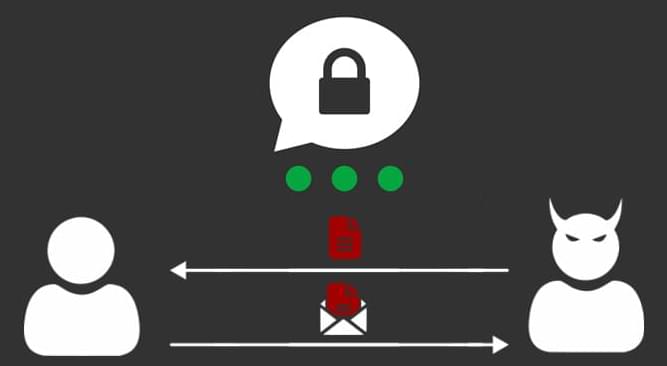Artificial Intelligence is the buzzword of the year with many big giants in almost every industry trying to explore this cutting-edge technology. Right from self-checkout cash registers to AI-based applications to analyse large data in real-time to advanced security check-ins at the airport, AI is just about everywhere.
Currently, the logistics industry is bloated with a number of challenges related to cost, efficiency, security, bureaucracy, and reliability. So, according to the experts, new age technologies like AI, machine learning, the blockchain, and big data are the only fix for the logistics sector which can improve the supply chain ecosystem right from purchase to internal exchanges like storage, auditing, and delivery.
AI is an underlying technology which can enhance the supplier selection, boost supplier relationship management, and more. When combined with big data analytics AI also helps in analysing the supplier related data such as on-time delivery performance, credit scoring, audits, evaluations etc. This helps in making valuable decisions based on actionable real-time insights.








